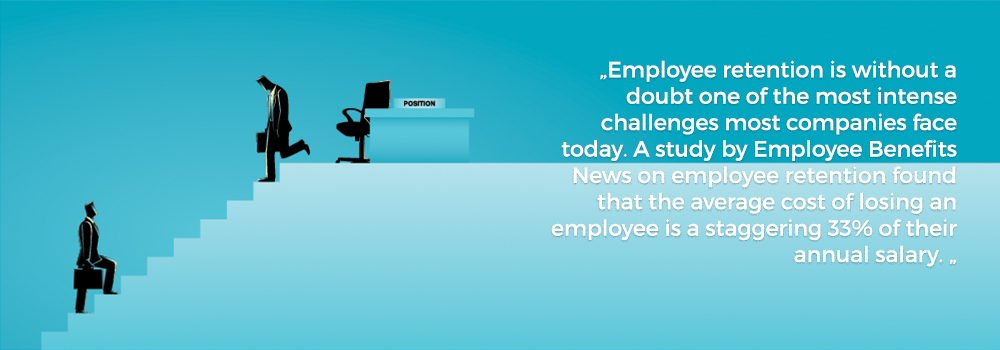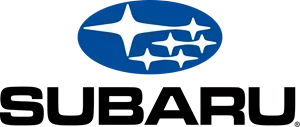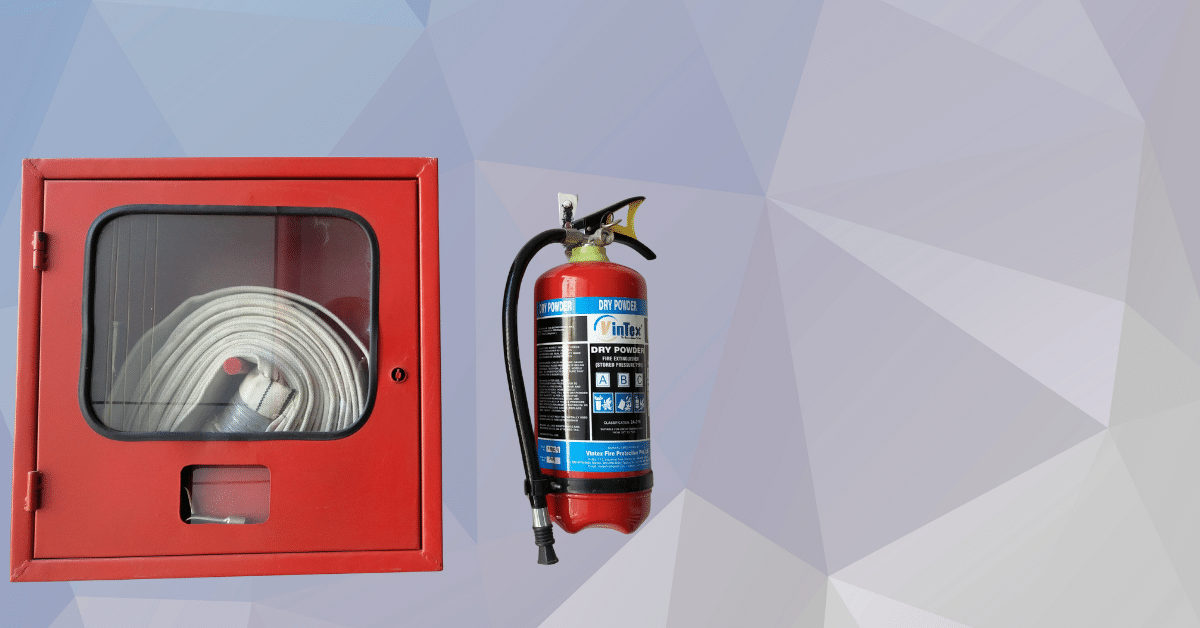Employee retention is without a doubt one of the most intense challenges most companies face today. A study by Employee Benefits News on employee retention found that the average cost of losing an employee is a staggering 33% of their annual salary.
Employee attrition is an inevitable part of any business. There will come a time when an employee wants to leave your company – for either personal or professional reasons. But when attrition crosses a particular threshold, it becomes a cause for concern.
Fact is, when an employee leaves, you haven’t just lost time or talent. You’ve lost valuable funding for your business. When you take training, recruitment fees, and lost productivity into consideration, a high turnover rate can have crippling financial implications on your business.
Another crucial factor to keep in mind is the effect of the COVID-19 pandemic on the workplace. The new normal has significantly changed the workforce and forced many companies to shift to non-standard work models as a cost-saving and protective measure.
According to a Gartner Analysis, 32% of organizations are replacing full-time employees with temporary and independent workers – a trend that will most likely continue post-COVID. In addition, many major companies have also announced workforce cuts due to the financial pressure they experienced during the pandemic.
Given the current situation, it’s no wonder many employees are worried about their jobs! In short – if your employees don’t feel secure in their jobs, they might be thinking about jumping ship resulting in high employee turnover rates.
But before we continue, let’s look at the difference between employee attrition and employee turnover.
Employee attrition and employee turnover are sometimes used synonymously. While both employee attrition and employee turnover will decrease the number of people on your staff, they are two very different types of employee churn.
What is employee attrition?
Employee attrition is a natural and voluntary process by which employees leave a company – for example, retirement, sickness, resignations, or death – and are not necessarily replaced.
An attrition employee usually departs in a much more amicable way, as it’s recognized that all things – including jobs – come to an end.
Here are some pros and cons of employee attrition:
Pros:
- Shifting of resources: Employers can change departmental workflows or assign new duties to other employees by choosing not to refill a position.
- Decrease of labor costs: Employee attrition can be a way to reduce costs quickly for companies facing financial distress. When an employee leaves voluntarily, a hiring freeze can be put in place to save money.
- New dynamics: Attrition can refresh an organization and offer current employees new opportunities.
Cons:
- Potential to be costly: If there’s a sudden, unexpected event such as the death of an employee, risk and cost will present themselves – (for example, a high profile client who preferred to deal with that specific employee decides to leave).
- Reduced size of the workforce: Not filling a vacancy means a smaller workforce. This could translate to an increased workload volume for the remaining employees.
On the other hand, employee turnover measures people who leave the company for another position or are fired, and the company must fill the vacancy.
As with employee attrition, employee turnover has certain pros and cons:
Pros:
- It opens the door to hiring new, better fits.
- Problematic employees are removed from the workplace.
Cons:
- It could be costly to find a replacement.
- If the vacancy isn’t filled quickly, it could result in a heavier workload for the remaining team members.
- Loss of productivity with constant shuffling of team members.
So what can you do to prevent a high employee turnover and retain talent?
Predicting employee turnover isn’t easy, especially if you don’t have a good understanding of your staff or aren’t aware of helpful tech-based tools at your disposal. However, if you’re willing to connect with your staff and learn about new technologies, you may be surprised at what you can find out about employee retention.
Let’s take a closer look at the importance of data-driven decisions and how utilizing them effectively will give those staff turnover rates the boot.
If you’re willing to tackle the slight learning curve that goes with any new tech skill, you’ll be able to make data-driven predictions about employee retention and turnover rates. In addition, the use of predictive analytics will help you gain insight into employee flight risk and manage potential issues before they arise.
Predictive analytics relies on the use of machine learning techniques, data, and statistical algorithms. When combined, these three factors can provide valuable insights in identifying the likelihood of future outcomes (in this case, the results will center around staff turnover and retention rates).
Fortunately, most employee flight risk models rely on information already stored in the company’s human resource system. Here’s a list of the information you’ll require to determine future employee turnover based on predictive analytics:
- Compensation level.
- Tenure or duration of employment.
- Job performance scores and ratings.
- Commute time.
- Time elapsed since previous promotion.
An employee retention questionnaire about attrition and turnover is also a valuable tool to know your employees better and predict employee turnover. It will tell you how many employees are thinking of leaving – and why – allowing you to create strategic retention plans. Acting before your employees leave will increase the chances of your top performers sticking around.
Here are some examples of employee retention questions you can include in your survey:
Survey questions about employees’ intention to leave:
- Have you interviewed for another job in the last three months? Yes/No.
- I am likely to stay with this organization for the next year.
1 Being strongly disagree, and 5 being strongly agree.
Survey questions about employee organizational commitment:
- How likely are you to stay at this organization if you received a 10% salary increase from another organization?
1 being very likely to leave and 5 being very likely to stay.
- How likely would you be to refer someone to work here?
1 being extremely unlikely and 5 being extremely likely.
Survey questions about employees’ job alternatives:
- It would be difficult for me to find another job as good as this one.
1 being strongly disagree and 5 being strongly agree.
- If you received a job offer today, to what extent would you consider accepting it?
1 being a very high chance and 5 being a very low chance.
You can find a comprehensive list of employee retention questions here.
Conclusion
Employee attrition and turnover surveys can shed light on how many employees plan to leave and why they’re leaving. This information will help you make data-driven decisions that prevent layoffs, ensure you have succession plans in place and retain your top talent.
Coggno has a wide range of online courses covering employee attrition and turnover.
You can have a look at our free courses and browse our course catalog here.



















